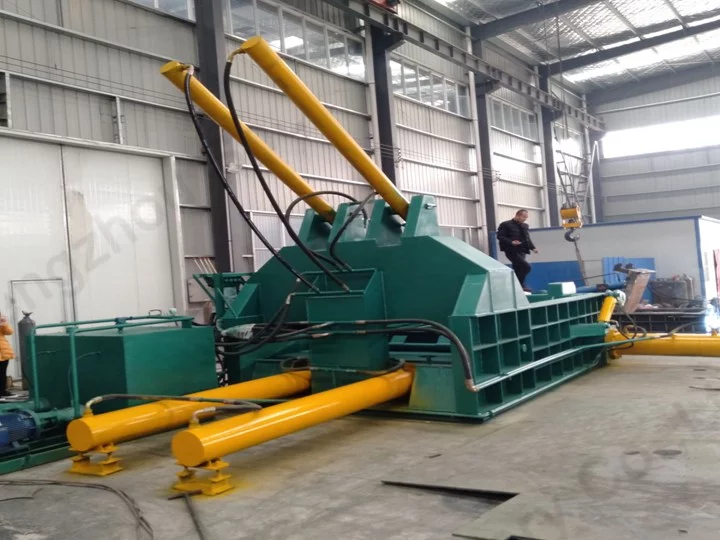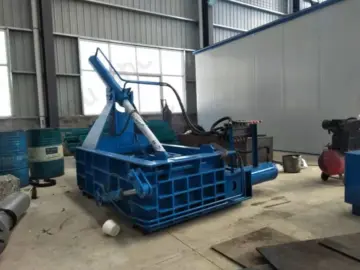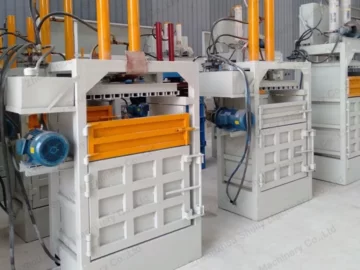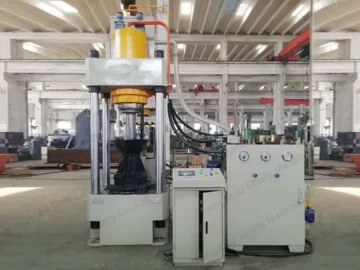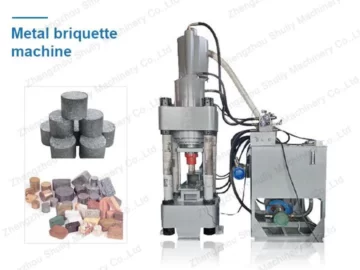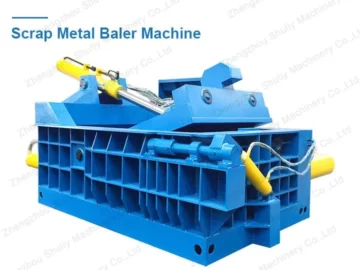Against the backdrop of global metal resource scarcity and fluctuating steel prices, the scrap steel recycling industry has become a vital component of the circular economy. However, scrap steel’s bulky size, irregular shapes, and challenges in transportation and storage impose significant logistics and warehousing costs on enterprises.
The advent of metal balers has perfectly addressed this challenge.
These machines compress scattered scrap steel, aluminum shavings, copper wire, stainless steel, and other metal waste into high-density blocks or bales, significantly boosting recycling efficiency and economic benefits.
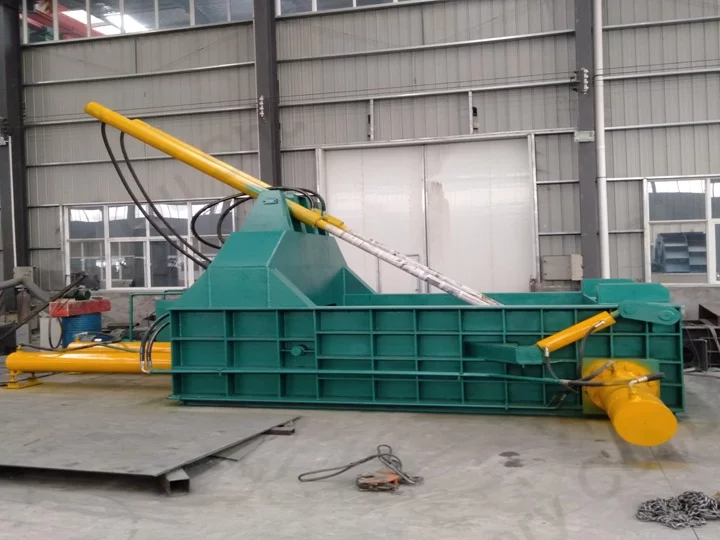
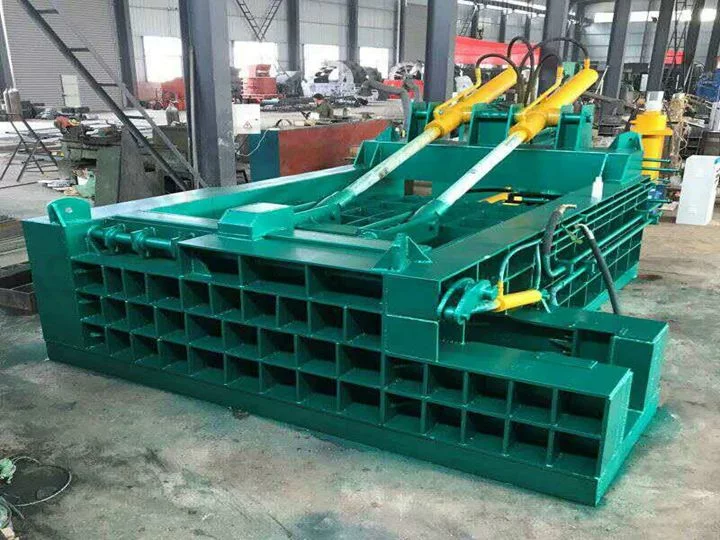
The core role of metal balers in scrap steel recycling
Reduced transportation and storage costs
Baled scrap steel shrinks to 1/5–1/10 of its original volume, significantly lowering shipping expenses. Neatly stacked bales maximize warehouse utilization.
Enhanced smelting efficiency
Compressing scrap into uniformly dense metal blocks enables more consistent feeding into smelting furnaces, promoting fuller combustion and higher yield rates.
Facilitated sorting and reuse
Different scrap metal types can be baled separately, simplifying subsequent sorting, labeling, and secondary recycling processes.
Reduced labor intensity and improved safety
Automated hydraulic balers replace manual operations, substantially minimizing safety hazards associated with hand-handling and cutting.
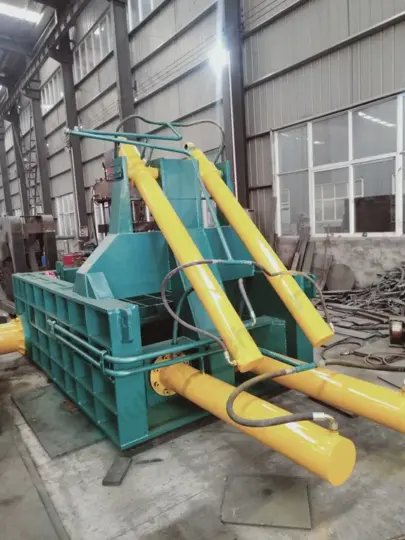
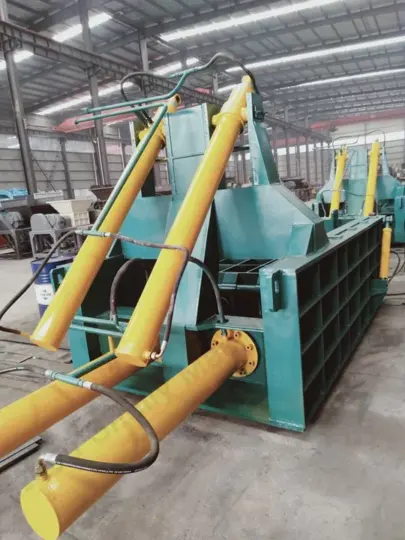
Working principle of metal balers
Metal balers primarily consist of a hydraulic system, compression chamber, bale ejection mechanism, and control system.
The operational process is as follows:
- Feed scrap metal into the compression chamber.
- Activate the hydraulic cylinder to apply multi-directional compression to the scrap metal.
- After compression and forming, the bale is automatically ejected.
- Finished metal bales are transported via conveyor or stacked manually.
The entire process features high automation and simple operation, requiring only 1–2 operators to complete the full production line.
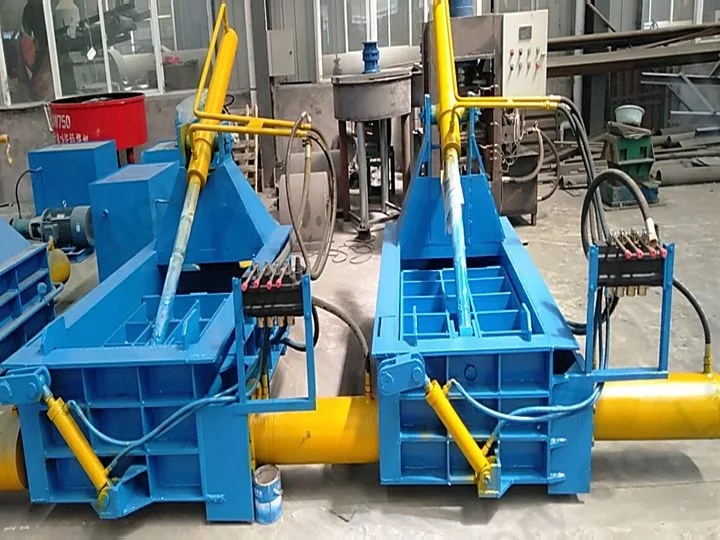
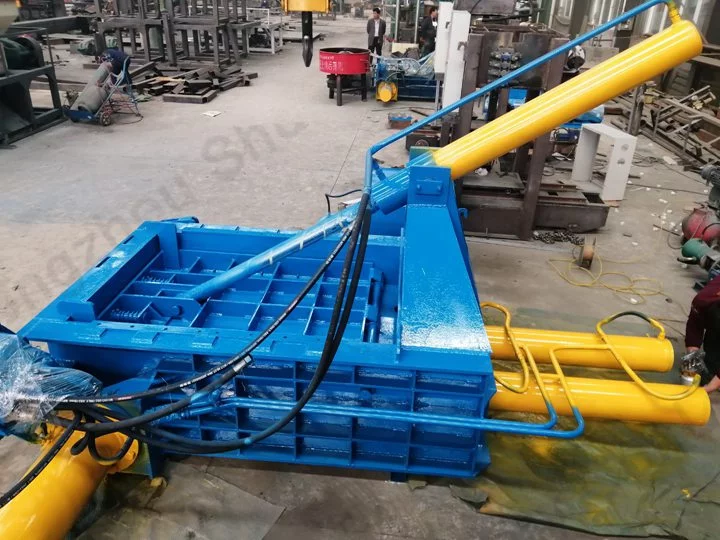
Common application areas
Metal balers play a critical role across multiple industries:
- Scrap metal recycling stations and metal recovery enterprises
- Steel mills and foundries
- Automotive dismantling and remanufacturing sectors
- Waste appliance processing and metal fabrication plants
Whether for small-to-medium recycling facilities or large-scale steel recycling enterprises, various models of metal balers enable production capacity upgrades.
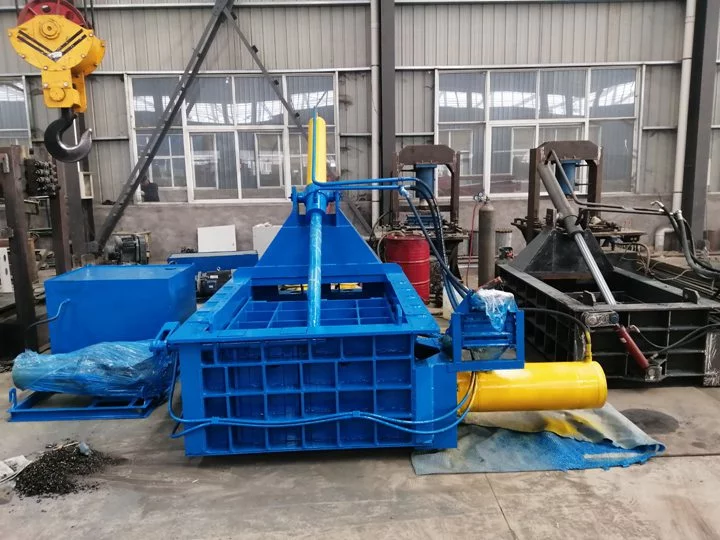
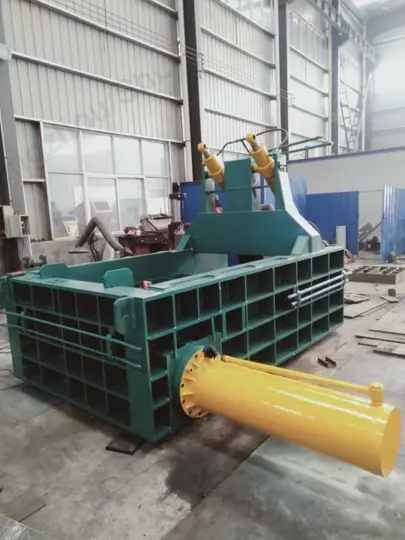
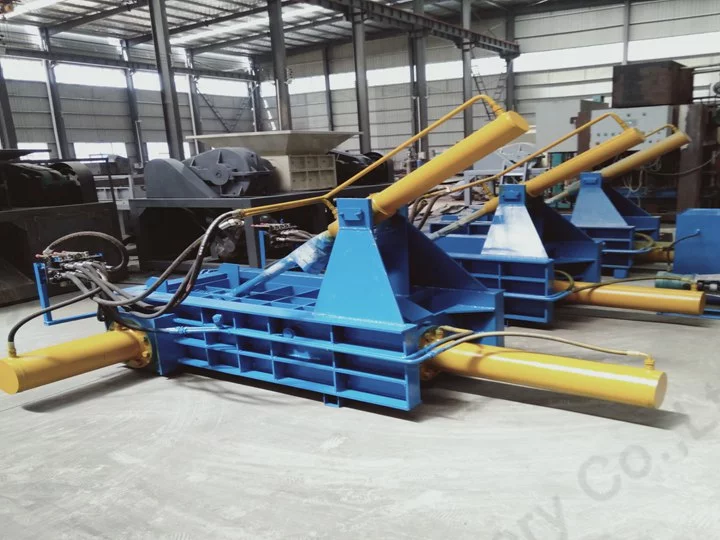
Key advantages of the metal baling machine
- High compression force: hydraulic system delivers pressure ranging from 125 to 400 tons
- Automated control: PLC intelligent system enables fully automated operation
- High briquette density: produces dense, uniform briquettes for easy handling and smelting
- Environmentally friendly and energy efficient: reduces transport frequency and dust emissions, aligning with green production principles

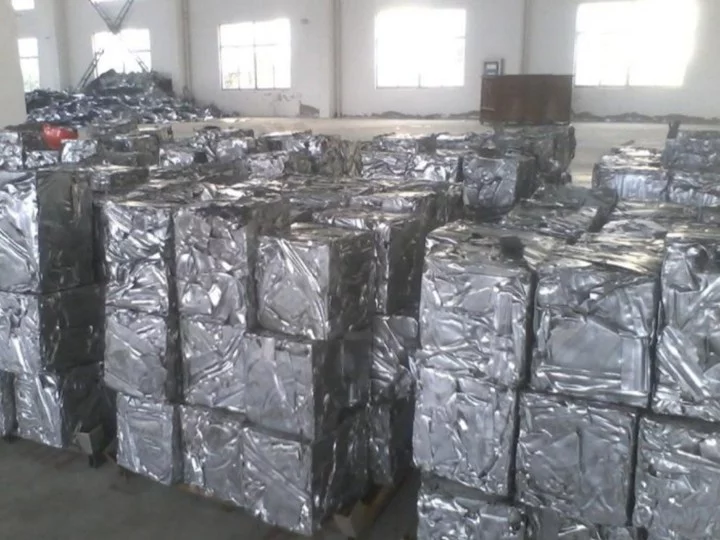
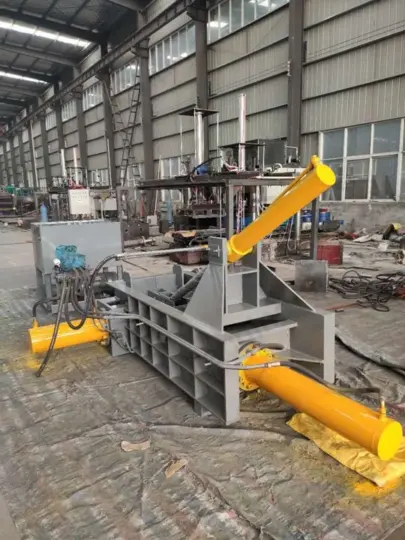
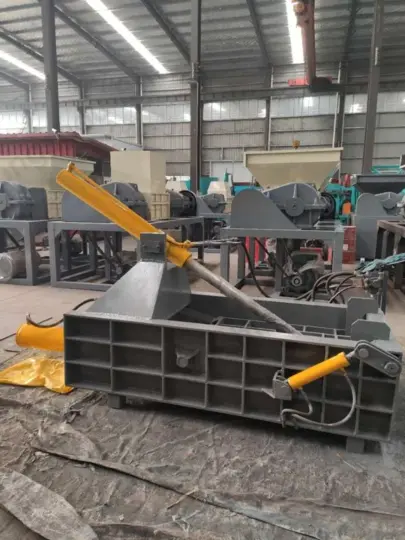
Conclusion
A metal baler is not merely a compression device; it is a vital tool for advancing the circular economy and green metallurgy.
Whether you are a scrap metal recycler, a smelter, or an investor in the environmental industry, selecting the right metal baler will make your operations more efficient, eco-friendly, and sustainable.

